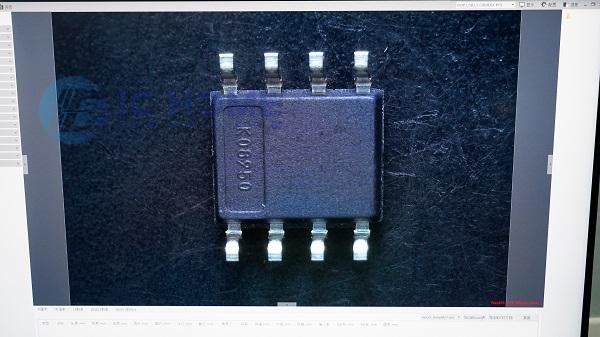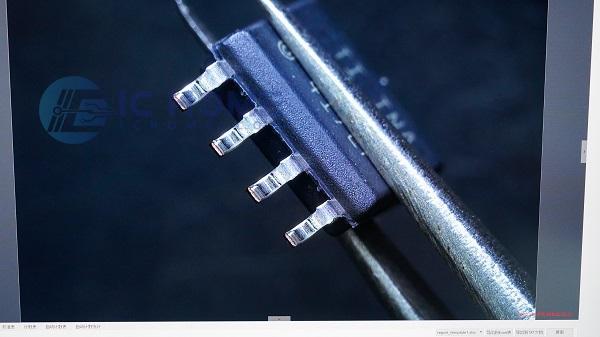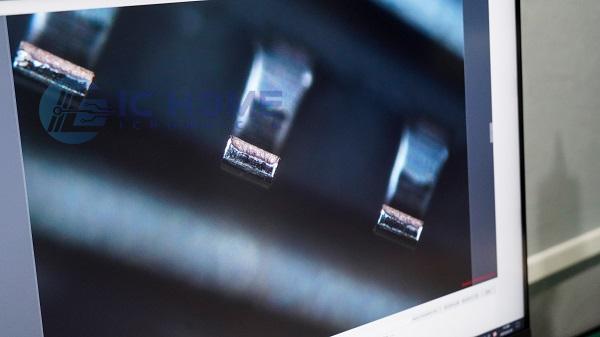Visual Inspection of Electronic Components: Approach to Detecting Counterfeits and Refurbished Parts
In the high-stakes world of electronic component sourcing, the authenticity and reliability of components directly impact product performance, safety, and brand reputation. With counterfeit, refurbished, sanded, and remarked components becoming more sophisticated, visual inspection remains a cost-effective and essential first line of defense. This article explores key visual inspection criteria to help procurement professionals and quality assurance teams identify suspicious components before they enter production lines.
Why Visual Inspection Matters
Visual inspection is not just a routine quality control step—it's a strategic checkpoint in the fight against component fraud. While advanced testing methods like X-ray, decapsulation, or electrical testing provide deeper insights, visual inspection offers a fast and low-cost method for preliminary screening. When executed with attention to detail, it can effectively filter out components that show clear signs of tampering, reprocessing, or misrepresentation.
Key Visual Inspection Points
-
Font Consistency in Laser Marking or Ink Printing
Counterfeiters often fail to replicate the original manufacturer’s precise marking styles. Differences in font size, alignment, depth, or spacing can indicate re-marked parts. Use a microscope to compare font styles across multiple samples from the same batch. Discrepancies such as uneven ink density, blurred characters, or off-center text should raise red flags.

-
Surface Finish and Physical Damage
Many counterfeit or refurbished components are physically altered to look “new.” These modifications often leave telltale signs such as:
-
Polishing marks or unnatural shininess, which may indicate the removal of original markings.
-
Scratches or abrasions on the body or mold surface, which could result from sandblasting or mechanical cleaning.
-
Residue from chemicals used to strip the surface.
These imperfections not only hint at previous use but may also affect the component's integrity and thermal performance.

-
-
Signs of Repackaging or Reballing
BGA (Ball Grid Array) and other surface-mount components are particularly vulnerable to reballing—a process where old solder balls are removed and replaced. Poorly executed reballing may result in:
-
Uneven or misaligned solder balls.
-
Signs of flux residue or inconsistent ball size.
-
Evidence of heat stress on the component body or leads.
Repackaging can also involve placing a used die into a new package or relabeling an entire device. Either scenario compromises the traceability and reliability of the component.
-
-
Lead Condition: Oxidation, Corrosion, Discoloration
Leads and terminals are critical connection points. Examine them closely for:
-
Oxidation (whitish or grayish deposits).
-
Corrosion (greenish or rust-like discoloration).
-
Bent or unusually dull pins.
These signs often suggest that the part has been exposed to moisture, stored improperly, or previously used and reclaimed.

-
-
Dimensional and Silkscreen Verification Against Manufacturer Datasheets
Authentic components should match the original datasheet in dimensions, pin configuration, and marking layout. Compare the component against known good samples or official documentation for:
-
Body size and thickness.
-
Silkscreen position, logo design, and lot/batch codes.
-
Orientation markings (dot, notch, or bevel).
Any mismatch could indicate a re-marked or non-genuine part.
-
Conclusion
Visual inspection is not a catch-all solution but remains one of the most accessible and informative tools in quality control for electronic components. It bridges the gap between basic receipt inspection and more advanced analytical testing. In an increasingly complex supply chain, empowering procurement and QA teams with inspection know-how helps mitigate risk, reduce RMA rates, and protect end-user trust.
Companies that prioritize proper visual inspection protocols—combined with trusted sourcing practices and data-driven validation—gain a competitive edge in reliability and compliance. As counterfeit tactics evolve, so too must our vigilance in every detail, starting with the naked eye.




